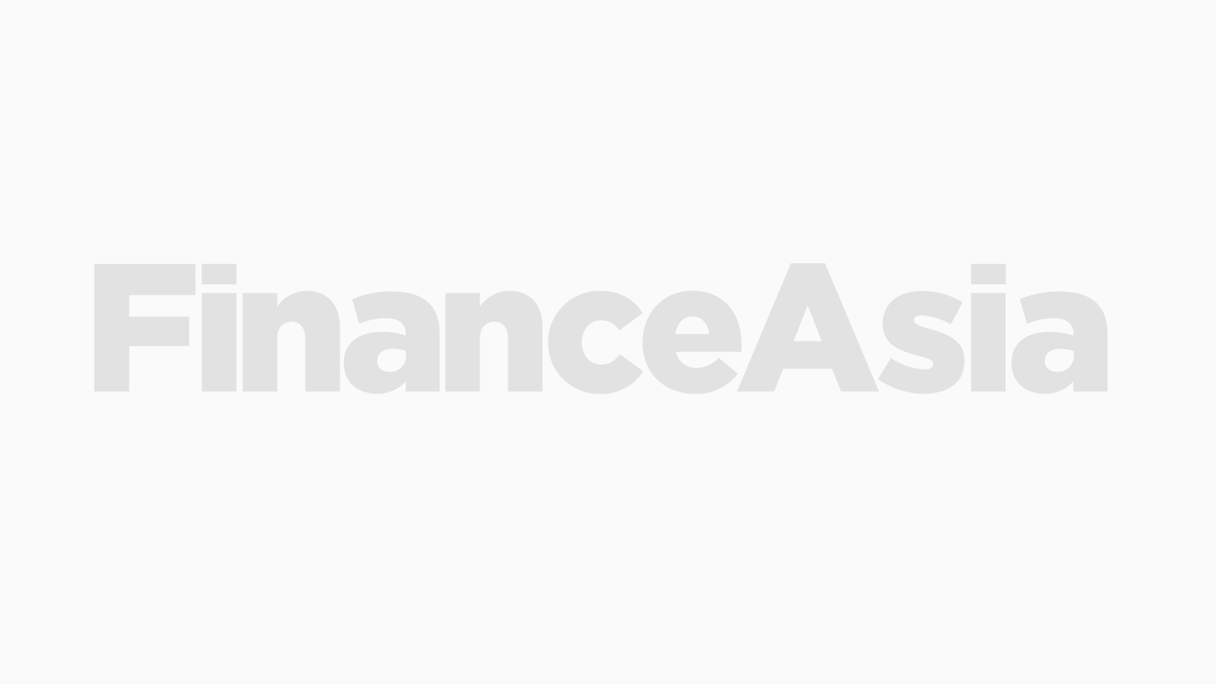The ADB broke new ground last week when it became the first foreign issuer to tap India's domestic bond market. The triple-A rated credit priced a Rp5 billion ($110 million) transaction via the HSBCI and ICICI. The 10-year bullet deal was priced at par with a coupon of 5.4% to yield 17bp over the government yield curve. Here assistant treasurer, Juan Limandibrata, explains the rationale for the issue and the supranational's funding strategy for 2004.



